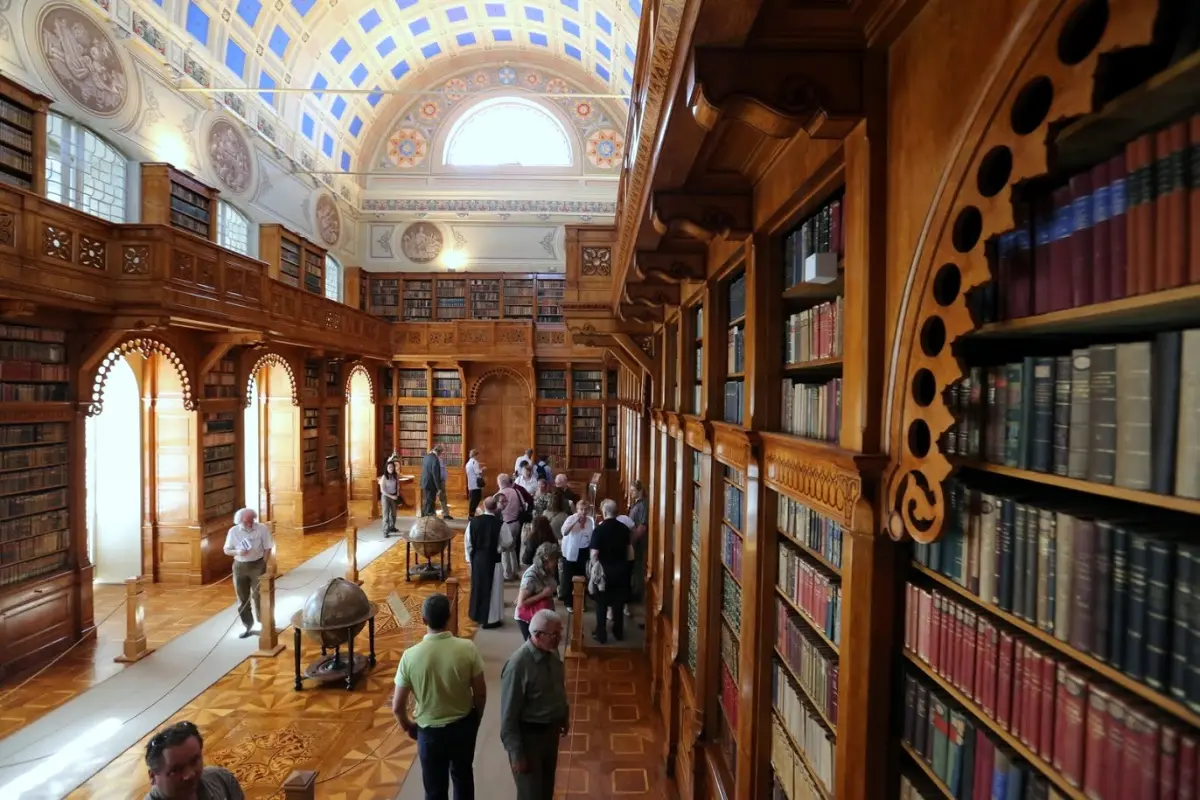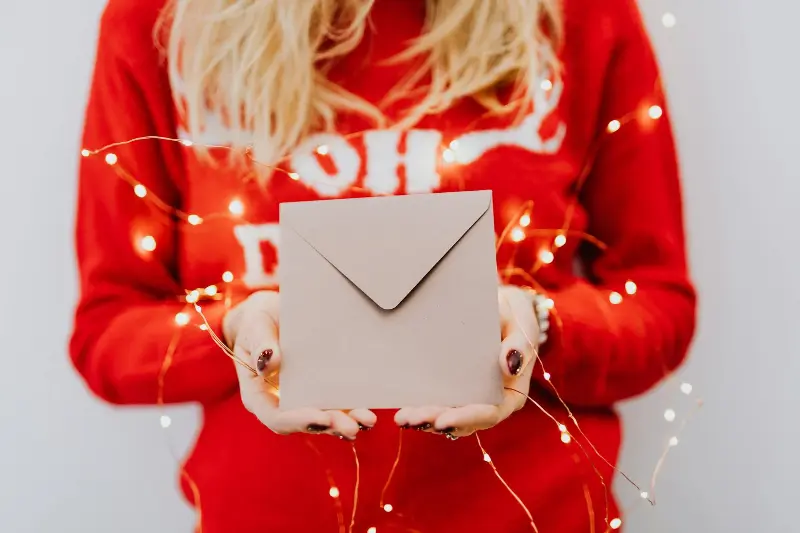
Helyszín címkék:
4 national biblioteques that hide real historical treasures
Hype&Hyper
Helikon Castle Museum
The Festetics Castle in Keszthely is one of the most important monuments of the Balaton region. Its construction began as early as the 18th century, but it was not until the 1880’s that it took its final form. The 101-room ornate Baroque building is lucky to have survived the Second World War relatively unscathed, with its furniture, artworks and library preserved thanks to the library wing being walled off to prevent looting. These parts of the building were reopened between 1799 and 1801. The founder, György Festetics, supported the birth of countless literary works, and regularly hosted writers and poets of the time – for example, Dániel Berzsenyi referred to Keszthely as “little Hungarian Weimar”. At the time, the library boasted 80,000 items and is still one of the largest surviving aristocratic bibliotheques in Europe. Today it is part of the Helikon Castle Museum.

Cistercian Historical Monument Library
The history of the Cistercian Abbey in Zirc also goes back a long way: It was founded by King Béla III in 1182.At that time, in view of the young Hungarian Christianity, monks from France moved here, equipped with artefacts, Bibles and already valuable publications. At the beginning, there must have been about 100 codices on the shelves, while by 1815, according to one record, the collection had grown to more than 4,000. The collection continued to grow rapidly in the 19th century, as monks began to teach, and the legacy of several Hungarian scholars, such as József Hoffman and György Fejér, became part of the collection. The library was taken over by the National Széchenyi Library in the 1950’s, when it was named after one of Zirc’s most famous natives, Antal Reguly. During the communist era, the Cistercians were banned from operating, they were allowed to move back to the abbey in 1989 and have been running the Historical Monument Library since 2011. Today’s 65,000-strong collection includes 70 ancient printed works (i.e. works published before 1500) and 400 antiquities, several of which are found only in Zurc in Hungary.

Great Library of the Sárospatak Reformed College
One of the country’s most famous secondary schools is also home to a historical monument library, which is not surprising given that great names such as György Bessenyei, Géza Gárdonyi and Lajos Kossuth were all trained here in their youth. Founded in 1531, the establishment of a library was begun very early on, and a very forward-looking set of rules for its operation survives in a record from 1621. “In order that the book treasury of the communitas may not be dispersed, prudent foresight requires that a librarian be chosen from among the Primarii by the vote of the Praeceptors and Primarii, who shall be wise, pious, learned, sober, and tried, and blameless in fidelity”. Despite its best efforts, the collection has been battered by the storms of history, as the school has been moved several times.The classical-style reading room, designed by Mihály Pollack, is now open to the public in a restored state, and the library houses a collection of over 400,000 important books and documents dating back hundreds of years.

Great Library of the Reformed College of Debrecen
In Debrecen, you can also explore the historic building and collection of a half-millennia-old Reformed institution. The school, founded in 1538, educated great Hungarians like those from Sárospatak: Mihály Csokonai Vitéz, Ferenc Kölcsey, János Arany, Endre Ady and Zsigmond Móricz attended the school – the latter’s famous novel Be Good to the End of Time is also set here. During the revolution of 1848, the Hungarian government fled from Budapest to this city. In the 16th and 17th centuries, the 600,000-volume Great Library contained almost exclusively religious publications, but in the 18th century, it was expanded with scientific works and valuable codices. Today, the collection contains nearly a hundred codices and rare writings, 146 ancient prints, around 1,600 old Hungarian prints (published before 1711) and manuscripts of famous writers.







